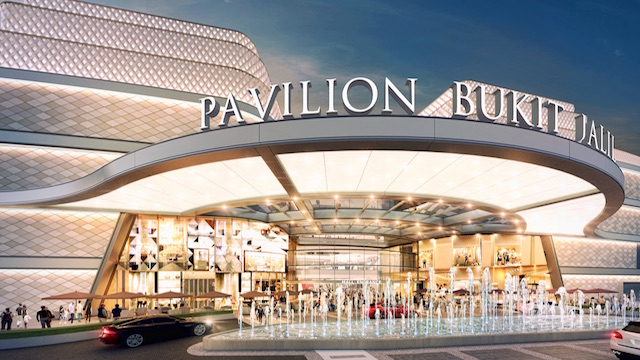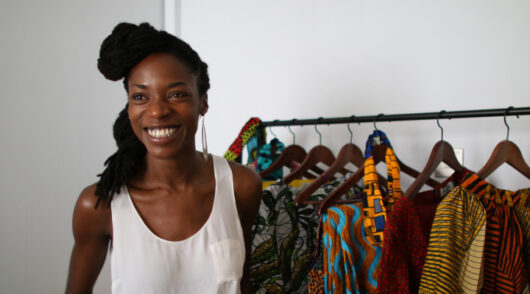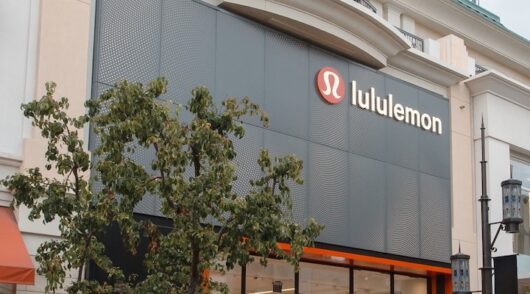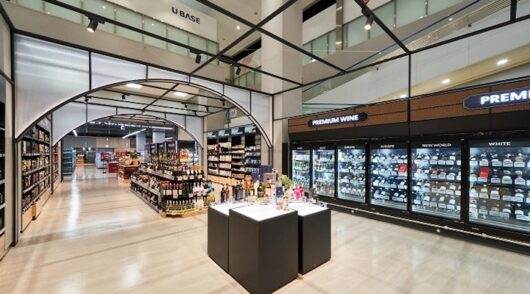In the third quarter of next year, Kuala Lumpur’s next supermall will open in the suburb best known for hosting the 1998 Commonwealth Games.
Pavilion Bukit Jalil shopping centre is being developed by the same team behind the downtown Kuala Lumpur Pavilion. Once completed, the 1.8 million sqft development will have a catchment of 1.9 million people, 85 per cent of them locals, the balance tourists. The centre will feature a 300,000sqft multi-storey Parkson department store, and smaller anchors Dadi Cinema, China’s second-largest cinema group, Harvey Norman, Food Republic and a grocery concept called The Food Merchant.
Dato’ Joyce Yap, CEO of Kuala Lumpur Pavilion is the retail planner of Pavilion Bukit Jalil.

Inside Retail Asia talked to her about how retail in Malaysia has evolved in the 15 years since Pavilion Kuala Lumpur was conceived and how the next venture will differ.
Pavilion Kuala Lumpur has been trading for 12 years now. What have you learned in that time that will influence the new project?
Theory is theory. How you actually execute it – and execute it in the right timing – is very important. Fifteen years ago when we started planning for Pavilion Kuala Lumpur, everybody told us there should be only one luxury mall in Malaysia. We went against that thought, by working together with researchers who understand the retail market. We learned that no matter how much research you do, you have to look at the real situation in terms of not only human character, but the business trends also – the wants versus the needs.
For the past 12 years, we have been learning, learning, learning. But now not so much. Now we can sit together with retailers to come up with a formula to mitigate the risk for all stakeholders. I think that is very important … to base the relationship on trust. To me, everything has to be correct. Firstly, at the conceptualisation stage: You have got to know how to plan the project, you have got to understand the demographic, you have got to understand the current market and how you foresee for the next three years – not too far ahead. Then, after conceptualisation, you need to run focus groups with the people that you think should anchor your tenant mix. Then, because of our relationship with our tenants, we usually get a very frank opinion.
Never ever ask a retailer how much rent they will pay you, because nobody’s going to pay you more, okay?. But they will more or less tell you what sales they forecast. How do they see this market? What do they need in terms of technical requirement or assistance from the landlord? Then after you get this, you have to identify who are your category killers and anchors because when the leader comes, the followers will follow.
Once open, you have to look at your marketing. You must have a very aggressive team which understands that the success of a marketing strategy is not based on just on traffic. It has to be based on how traffic translates into sales. Sometimes you do not look at the sales, or at the traffic but you look at the value creation, or the social-media profile or the community.
You said you polled the retailers, your prospective tenants. What did they tell you that might have surprised you or changed your vision for the centre?
Number one is the trend of food & beverage. Previously we felt that F&B should not be more than a certain percentage of the total space, but with today’s trends, it needs more space. Some of them will need delivery access for GrabFood-style services. So, their business model has to change. They may not need a very big kitchen or they may not need a very big outlet, but they will ask you in return for space for them to pack the delivery orders.
Secondly, the services. For example, in Australia, some Westfield Centres have valet parking and a very good valet car-park lounge.
Next, you look at the entertainment element. In the past we would always say if there is an area nobody wants, you can turn it into a gaming or entertainment centre or whatever. Now it is a component you must put in, especially if you are going to entice families.

Is there anything specific that 15 years on, you’re taking a completely different approach to?
Over the last 12 years, the Pavilion tenant mix and model has changed tremendously. For example, we used to have a lot of large format, so-called mini anchors and department stores, which we have converted into other purposes. For instance, Tokyo Street. It used to be a designer furniture corner. At the time we opened there were a lot of high-end condominiums around us and we thought a high-end furniture zone would cater very well to them. Unfortunately, it did not turn out right because these high-end people ask the retailers to go and see them – they don’t come here [to a showroom] to talk. Secondly, if you want to buy very expensive furniture, their showroom in the mall is not big enough for me to see the whole range. So in the end, our traffic was low and it was very difficult for us.
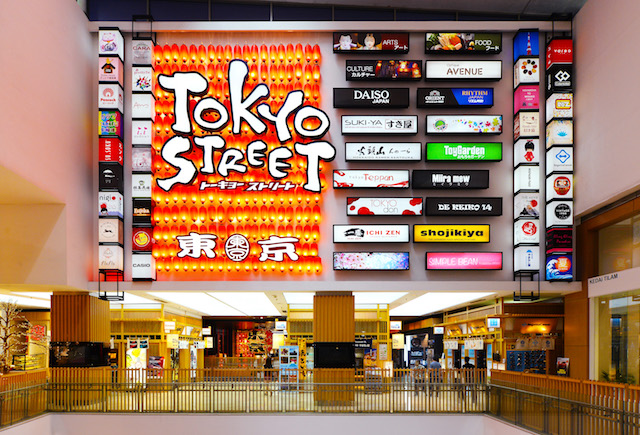
Through our exit surveys, we found that our Japanese restaurant was continuously doing well – and Asians and Malaysians love Japanese concepts. So we changed the whole precinct – 36,000sqft – and invited a Japanese architect and an operator and marketing manager to create Tokyo Street, which has won us a lot of awards. The traffic to that space has gone up three times and my return has doubled. But the challenge now is sustainability. Can we keep on getting authentic Japanese food? That will be our challenge.
The other precinct we have changed is where we used to have a Tangs department store. We had strong demand from specialty stores wanting to come into the centre, so we reconfigured that area and invited 36 brands there.
Did you take a look at any centres overseas when you were planning Pavilion Bukit Jalil? Where did you get the ideas for the design?
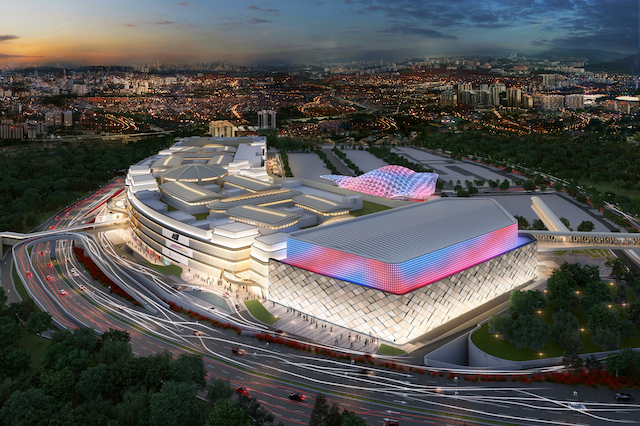
Usually we go to Japan for inspiration. We go to Thailand to really understand the flagship store, the services and things like that, and the supermarket food offering is so interesting. Then we usually go to Australia to learn concepts about cafes and food, and also centre management. In the UK we like to look at department stores like Selfridges and Harrods which are continuously so successful. And also, you know Harrods’ owner is a friendly partner in Pavilion. And nowadays I love to go to Dubai, because it is a very interesting country where all the brands converge. When I was young we used to go to Hong Kong. But it has lost the magic now, and so has Singapore.
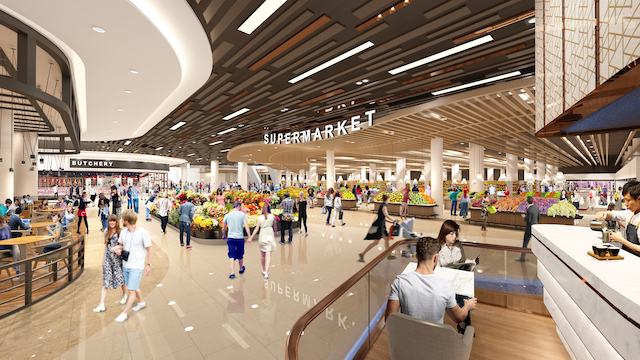
In the new complex there’s no luxury component as there is in Pavilion KL.
No. We are looking at the highest as affordable luxury, brands like Coach, Michel Kors or Kate Spade. The rest of it we want in trend with the performance store concept. The performance category is the ‘in thing’. So we need to have a good JD Sport store, a good Adidas, a good Nike, and a good Lululemon. And that part of the city is traditionally a sports hub.
So you’re going to have a sports hub in recognition of the sports heritage of the area?
Yes, because we also have 80 acres of parkland connected to this property. So we intend to tell our retailers that okay, besides running your zumba dance classes or your gyms in our piazza, if you want, you can adopt a small area in the park for a badminton court, or a jogging track, a bicycle trail, things like this. It has to be something different.
How do flagships fit into the modern mall design? Is the era of flagship stores over?
No, no, no. I think the definition of a flagship should not be confined to size. It should actually include examples of your merchandise. For example, can this store feature limited-edition products? Secondly, for personal services, such as a private room. Number three is does this flagship store give shoppers something more compared to your other stores? So besides size, these are the things we are looking at.
The exception may be Hermes or Cartier, for example, that can have only one or two stores in the city, not 10. You cannot tell them you can only have a flagship store. But you can tell them that if you want to be in our centre, we demand something more. But for, like, The Body Shop, we can say: You may have 140 shops but why would people come to the Pavilion for The Body Shop when the traffic is so bad in town? So we tell them that you need to give us something more.
Many people have been saying that Kuala Lumpur has too many shopping malls. What’s your view on that?
Government statistics define shopping centres to even include arcades. That is not a very good definition. We should be talking about quality. During the past 20 years … less than 10 quality centres have not only survived, they have survived very well. The difference between them and the rest is the occupancy rate and per-square-foot sales compared to all those older ones.
Today, retailers are selective. That’s why we say that unless you do not want to be in this business anymore, you need to be in the good shopping centres. How many good shopping centres are out there? I mean, you can count them. Only recently, a shopping centre only 40 years old was being demolished because the model was not right. It was strata titled. Today if you’re in a strata title … I won’t say you will die, but it is hard to compete. So we say that if you believe you can build a quality shopping centre, you should do it.
But you should build it as an integrated project, don’t build a stand-alone mall. They will need a lot of effort to promote and build up. Next, you need to look at the content. Even if you build the largest, it may not be the best, but the largest promises to give you flexibility of area to cater for more concepts, more brands and make it more of a community centre so you can command more market share. But you must know how to plan and manage it.
What are you doing in the new centre to respond to the O2O trend? Are you talking to all your tenants and asking them to bring something different to the table?
You cannot ignore O2O. It will definitely come. For the retailers now, the statistics show that 10 per cent of the people are using online to gain knowledge and information. Ninety per cent of the purchasing is still done in physical stores and they find that people who have done the online research and come to the physical stores will buy more than what they would usually order online.
Next, online for them is not about cost saving. The logistics cost is very high. When Alibaba talks about how many billion dollars worth of goods they sell during 11.11, they never tell us how much of that was returned.
But you cannot ignore this and a lot of high-end brands are using O2O as well.
This feature originally appeared in Inside Retail Asia’s magazine edition. For information on subscribing visit our shop.

